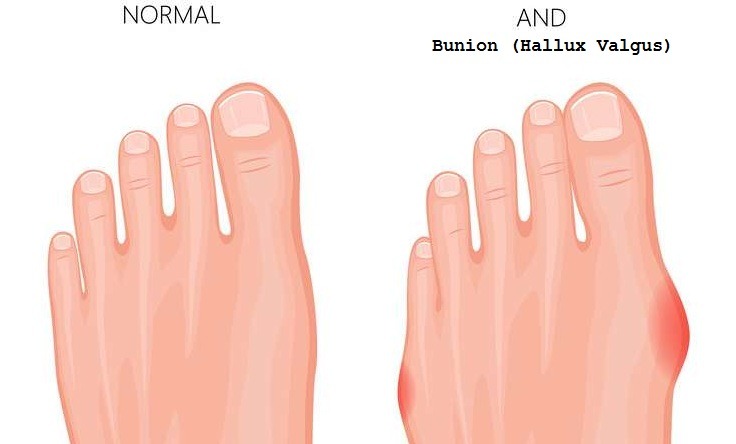There are eight bones in the wrist between the forearm and metacarpal bones. Four of them are above, the others are in the bottom row. Kienböck’s Disease is a disease characterized by the deterioration of the lunate bone, located in the upper row and its crushing and fracturing over time. It is more common in men around the age of 30, and in those engaged in jobs that require a lot of use of the hand. The radius bone, one of the two bones in the forearm, on the lunate bone to be congenitally longer and to pressure the lunate bone is also a factor that facilitates the occurrence of the disease.
Symptoms of the Disease
The middle of the wrist is painful in Kienböck’s disease. The pain increases with the strain on the wrist and pressing it on the sick area. As the disease progresses, joint stiffness occurs and this makes the movement of the fingers harder.
X-ray, MRI and CT imaging methods are used in the diagnosis of Kienböck’s disease. Especially MRI imaging is very important in staging the disease and X-ray is crucial in detecting bone edema that cannot be viewed in the early stages of the disease. If possible, early diagnosis and intervention is enabled by imaging with a 3 Tesla MRI device. Fracture and collapse in the bone, the circumference of the lunate bone and possible calcification (osteoarthritis) of the whole wrist are evaluated with tomography.
Stages of the Disease
Kienböck’s disease has 4 stages clinically and radiologically.
Stage 1– X-ray images are normal. Diagnosis is made by observing bone edema via MRI.
Stage 2 – The lunate bone, which is sick, is fractured and deteriorated.
Stage 3– Collapse occurs in the fractured lunate bone.
Stage 4– Lunate bone collapses completely and the run disrupts the wrist bones. Calcification (osteoarthritis) occurs.
Treatment of Disease
The age of the patient, the condition of the lunate bone and wrist are important in the treatment. The purpose in the treatment is to protect the sick lunate bone from abrasive forces and to increase blood circulation. Nonsurgical treatment results are good in patients younger than 15-20 years old. Although the X-ray images are bad in patients over the age of 70, it usually does not require surgery. Special orthoses or casts can be used for this purpose
In the early stages of Kienböck’s disease, if the forearm bone on the lunate bone is structurally long, this bone can be shortened. If the forearm bone length is normal, the capitatum is shortened. If necessary, vascular bone transplantation from adjacent bones is added to the surgical treatment.
If there is a severe collapse in the lunate bone and calcification (osteoarthritis) has started to occur in the surrounding area around the bone, operations for removing the upper row of the wrist bones or knitting the neighboring bones are implemented.
If Kienböck’s disease has reached stage 4 and calcification (osteoarthritis) has occurred on the entire wrist, the operation that can be carried out to ensure painless hand movement is fusion (arthrodesis) of the whole wrist or applying a wrist prosthesis.
Visit our HAND AND WRIST DISEASES page to read our articles about your different wrist complaints.










